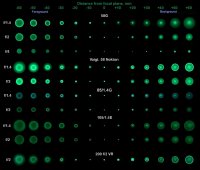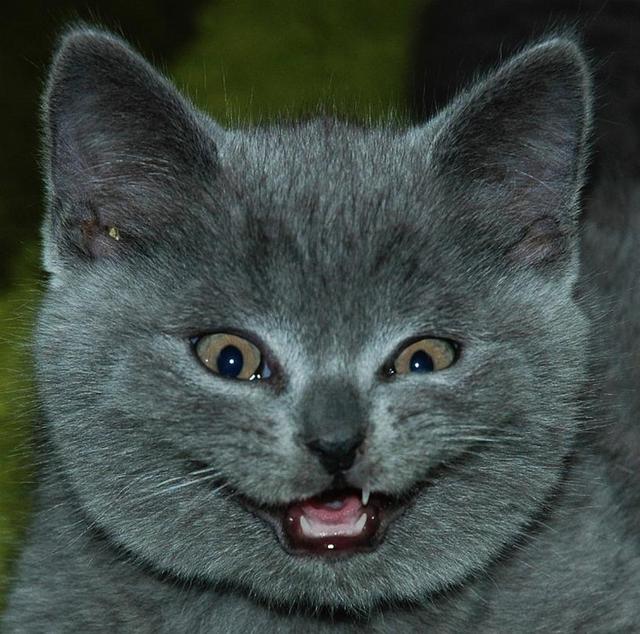So maybe the idea of a lens giving perfect circles wide open just won't happen, since the aperture of any lens capable of that could also simply be opened up further to the point it has the mechanical vignetting and American football-shaped highlights.
It's an intuitive way of thinking about it, but I don't have the knowledge to be quite so sure that this is exactly how it works

.
From what I've read the difficulty in managing aberrations isn't quite "linear" with increasingly wider apertures.
Now what interests me is that the RF 50/1.2 is designed to actually be sharp as heck wide open, with practically non-existent aberrations.
It has aberrations

. Point light sources at the periphery show more aberrations than, for example, the Sigma 40mm 1.4. Perhaps some astigmatism but I don't know how to interpret these well (it could explain what I don't like about the RF's bokeh off centre). It's also got quite a bit of CA.
I mean, it's a very well corrected lens, that's for sure. But off centre it's a bit off the truly world class mark that's all the rage these days.
But what if they knew the lens would be used with an apodization filter? That practically none of the light from the elements' periphery would actually be ending up on the sensor, thanks to the filter?
You could argue that its vignetting already helps tremendously in that regard, at least in one axis

.
I don't think there's any filter pattern you could use that would look good for multiple f-stops.
I have no idea about apodization filters - hence why I'm curious to see how Canon will implement apodization with the 85mm DS, but it's kinda possible with undercorrected spherical aberration. This is how the Nikon 58mm behaves when shooting a very small, bright (and here, green) point light source is shot slightly in front and behind the focal plane. The gradient you see between the centre and the edge of the background blur is maintained even when the aperture is closed down. Of course that lens is a very extreme design that puts all its eggs in one basket, but it's an illustration of how it's possible to get an "apodization" like gradient, even at smaller apertures, by biasing the blur quality in favour of rear gaussian smoothness (at the detriment of front side blur, sharpness, focus shift, etc.).

All the credit should go to Marianne Oelund, who initiated this thread on the subject, unfortunately now the pictures have been lost :
https://www.dpreview.com/forums/thread/4031515


